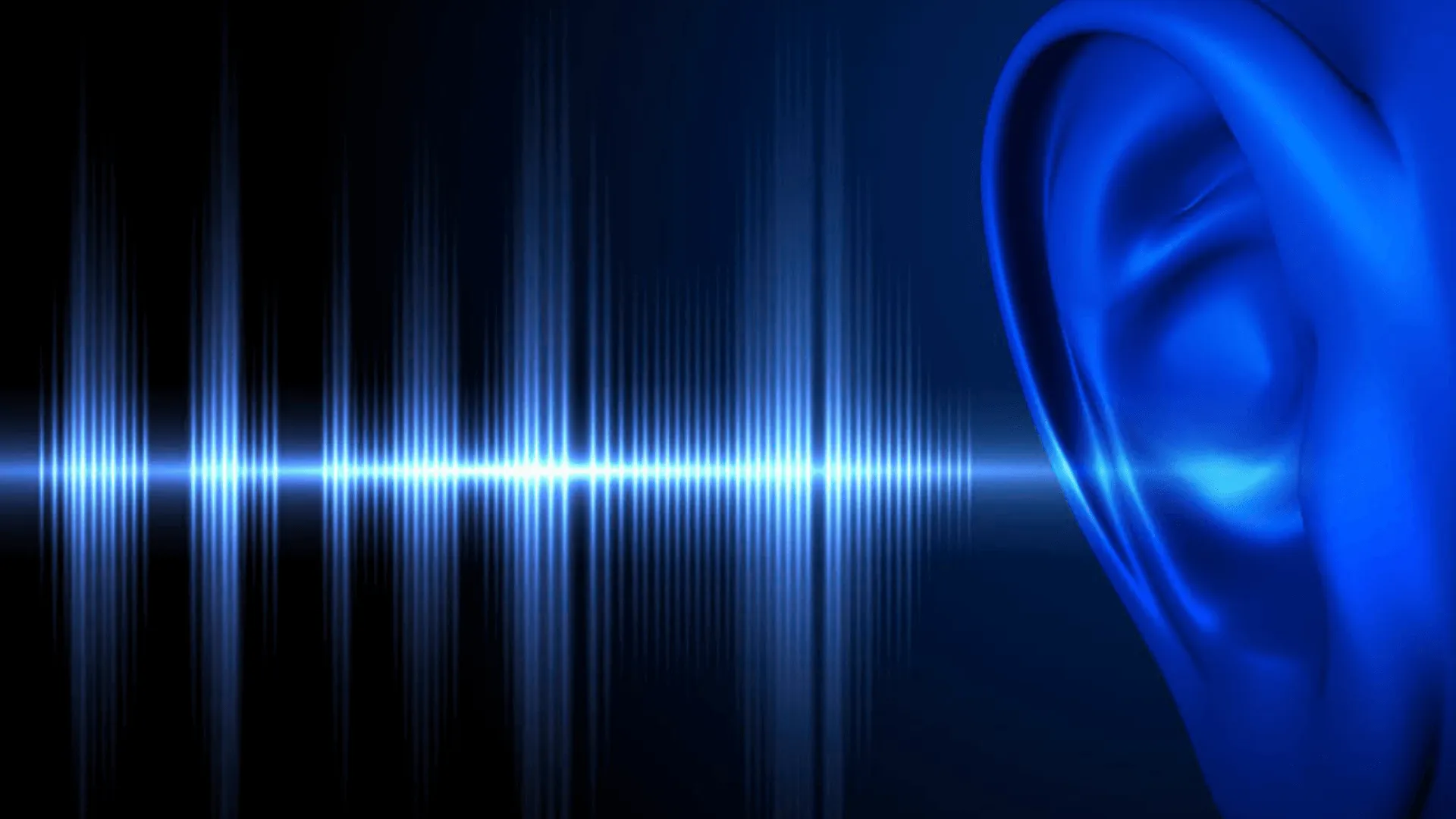Are You Exposed to Noise at Your Workplace?
- Elk Environmental Services

In the United States, an estimated 30 million workers are exposed to hazardous noise levels on the job (ATA 2015). Studies show that 16% of adult hearing loss is due to occupational noise exposure. There are many negative health effects of noise exposure at work including (Cantley et al):
- Noise induced hearing loss
- Tinnitus
- Hyperacusis
- Physical and psychological stress
- Performance decrements
- Reduced temporal processing skills
- Sleeping disorders
- Hypertension
- Heart disease
Many of these injuries are present in workers who are exposed to noise levels at 80-84dBA. Exposure to loud noise kills the nerve endings in our inner ear, repeated exposure results in the increase in dead nerve endings (OSHA n.d.). High noise levels at work often leads to distraction, increase fatigue, and slow reaction time. High noise levels also make it more difficult to hear warning signals and communicate with coworkers, all of which can increase accidents and injuries in the workplace (Cantely et al).
Hearing conservation programs are required when noise exposure is at or above 85dBA averaged over an 8 hour time weighted average (TWA). Those who suffer from tinnitus and hyperacusis may have a lower noise tolerance than OSHAs set limit and experience more pain and discomfort when exposed to much lower noise levels. Putting in place proper engineering controls and implementing company policies are wearing noise protection is necessary to avoid injuries (OSHA).
Employers should go above a beyond when establishing their companies hearing conservation program. This program functions to prevent injuries and preserve remaining hearing in those who already have hearing loss. Best industry practice would be to regularly monitor work areas for changing noise levels and urge all employees to discuss hearing problems with a manager. However, at employee noise exposures of 85dBA employers are required to monitor employee exposure limits, provide annual hearing exams, and hearing protection and training to name a few when exposed.
There are few signs that may be present if noise is a problem at your workplace:
- Ringing or humming in your ears when you leave work.
- Having to shout to be heard by your coworker who is 3 feet away.
- Temporary hearing loss when leaving work.
Avoiding everyday work hazards can be complicated and time consuming. While there is a great focus on protecting employees from COVID, everyday existing hazards cannot go unmonitored. So, if you are in need of assistance in developing a hearing conservation program, or need noise monitoring conducted reach out to Elk today. Our industry professionals are only a call or click away.
Sources:
- ATA https://www.ncbi.nlm.nih.gov/pmc/articles/PMC4337395/#:~:text=Workers%20in%20higher%20exposure%20categories,%25%20CI%201.05%E2%80%931.85).
- Safety and Health Topics | Occupational Noise Exposure | Occupational Safety and Health Administration. (n.d.). Www.Osha.Gov. Retrieved October 23, 2020, from https://www.osha.gov/SLTC/noisehearingconservation/#:~:text=OSHA%20sets%20legal%20limits%20on
- Safety and Health Topics | Occupational Noise Exposure – Hearing Conservation Program | Occupational Safety and Health Administration. (n.d.). Www.Osha.Gov. https://www.osha.gov/SLTC/noisehearingconservation/hearingprograms.html
- Workplace Hearing Protection Could Protect Thousands of Workers from Hearing Loss, Tinnitus. (2015, April 22). Www.Ata.Org. https://www.ata.org/news/press-release/workplace-hearing-protection-could-protect-thousands-workers-hearing-loss
